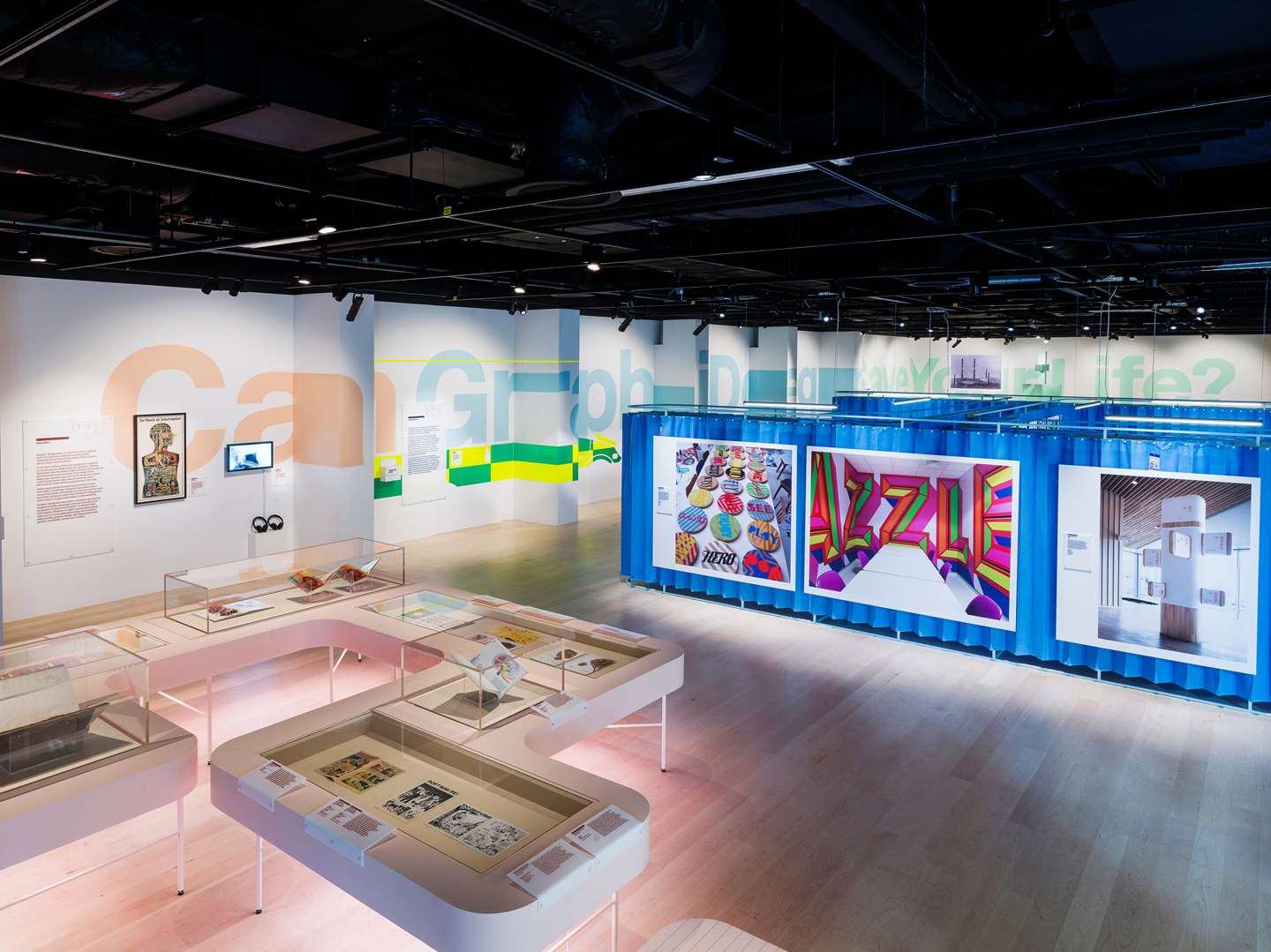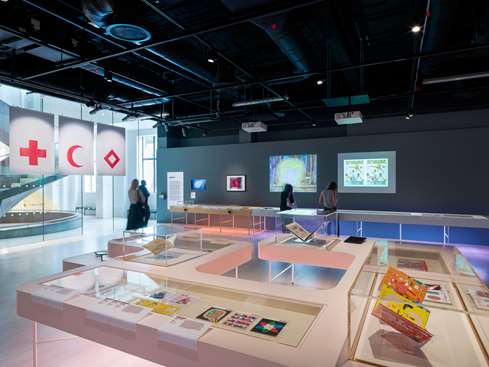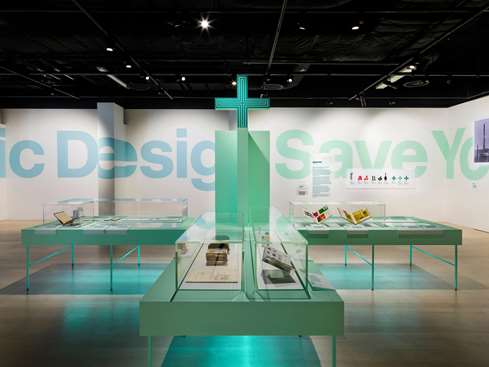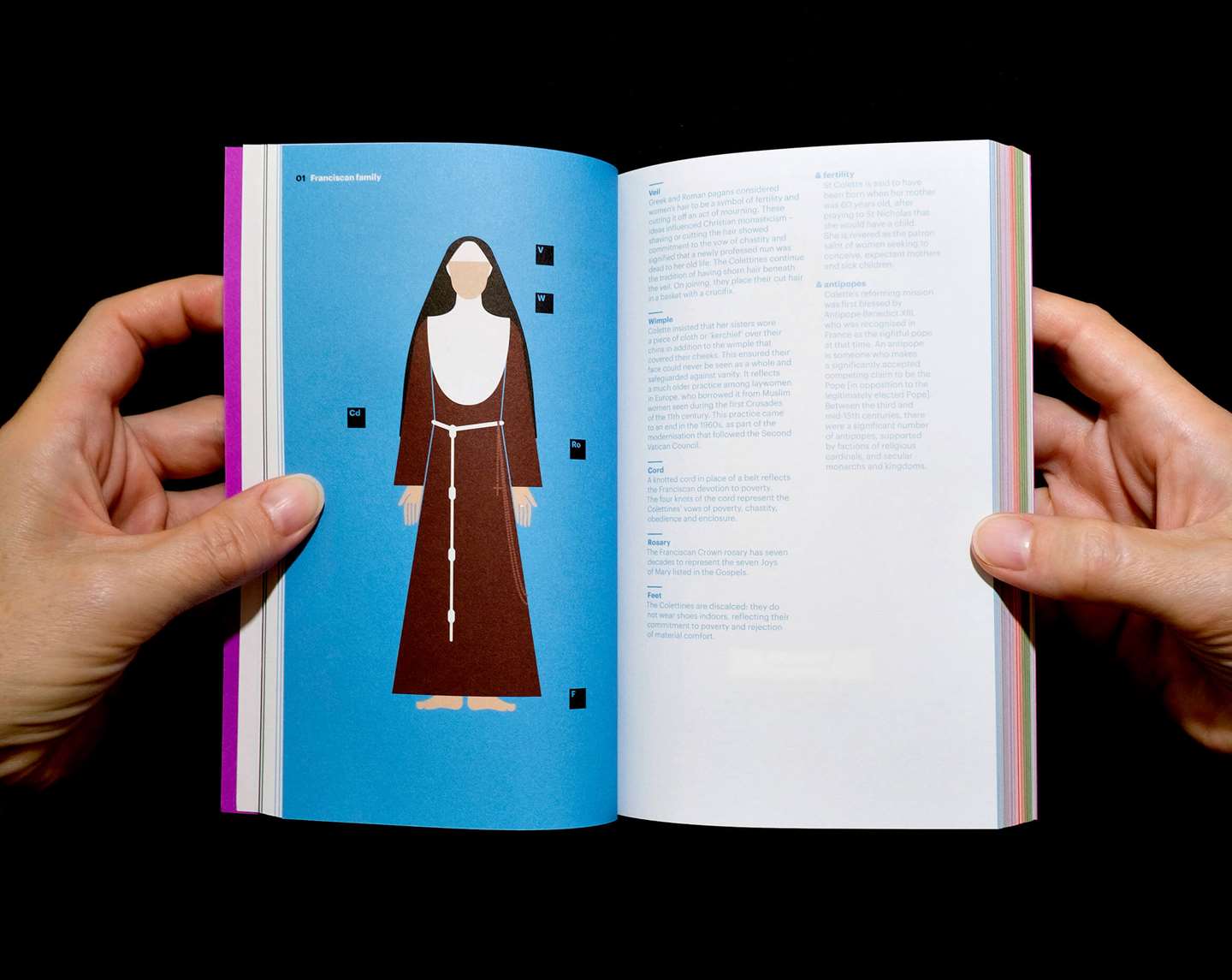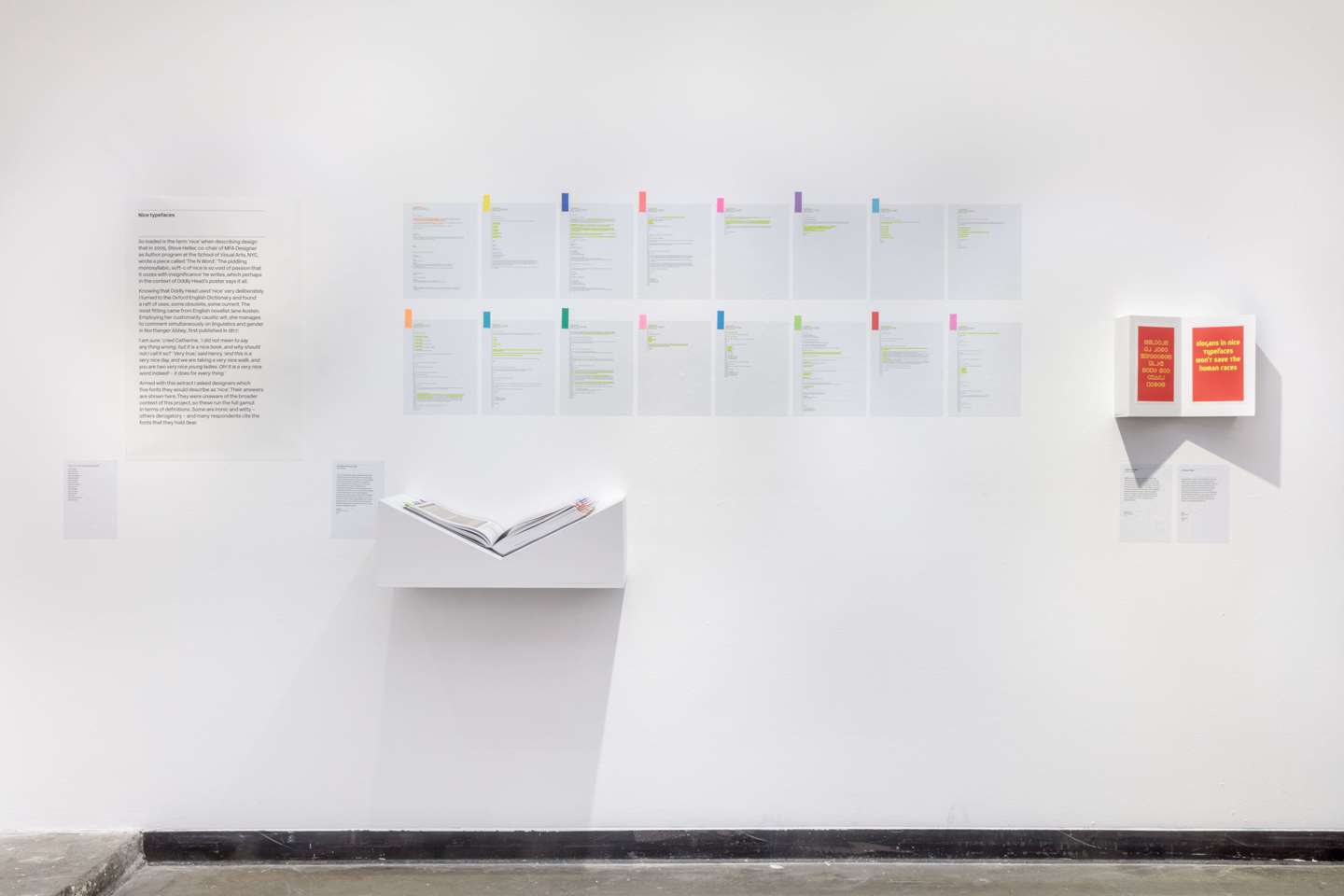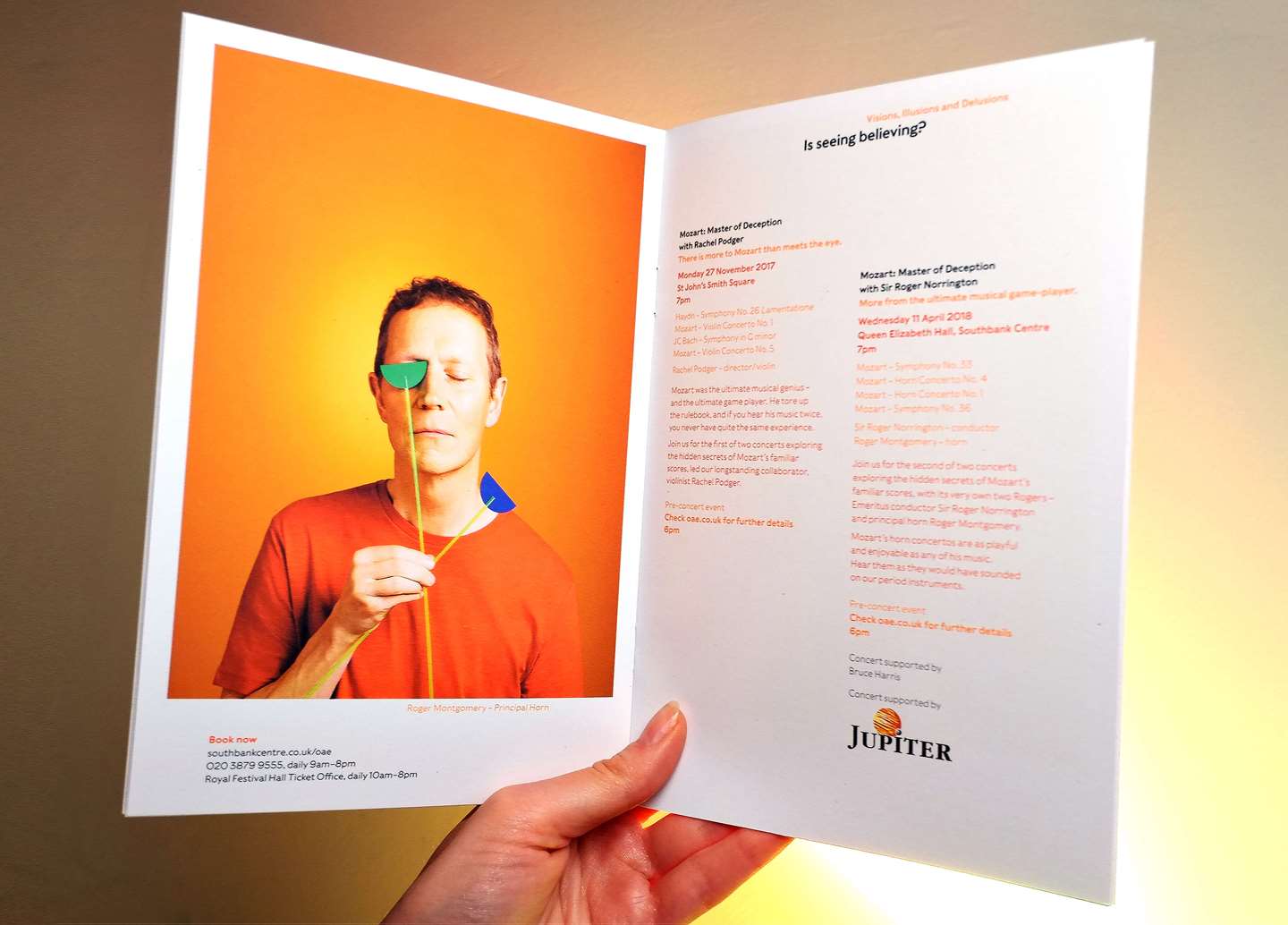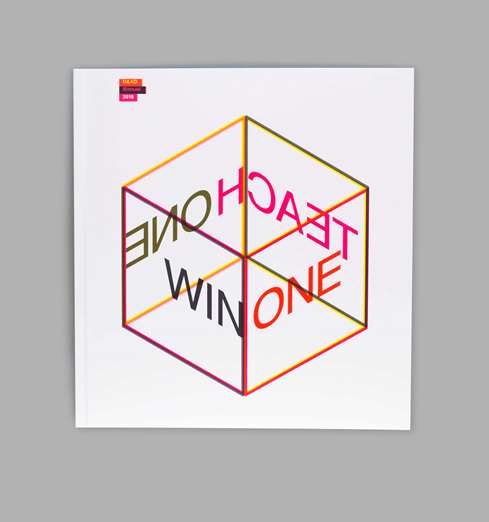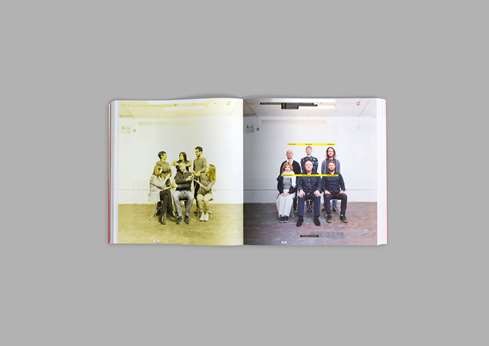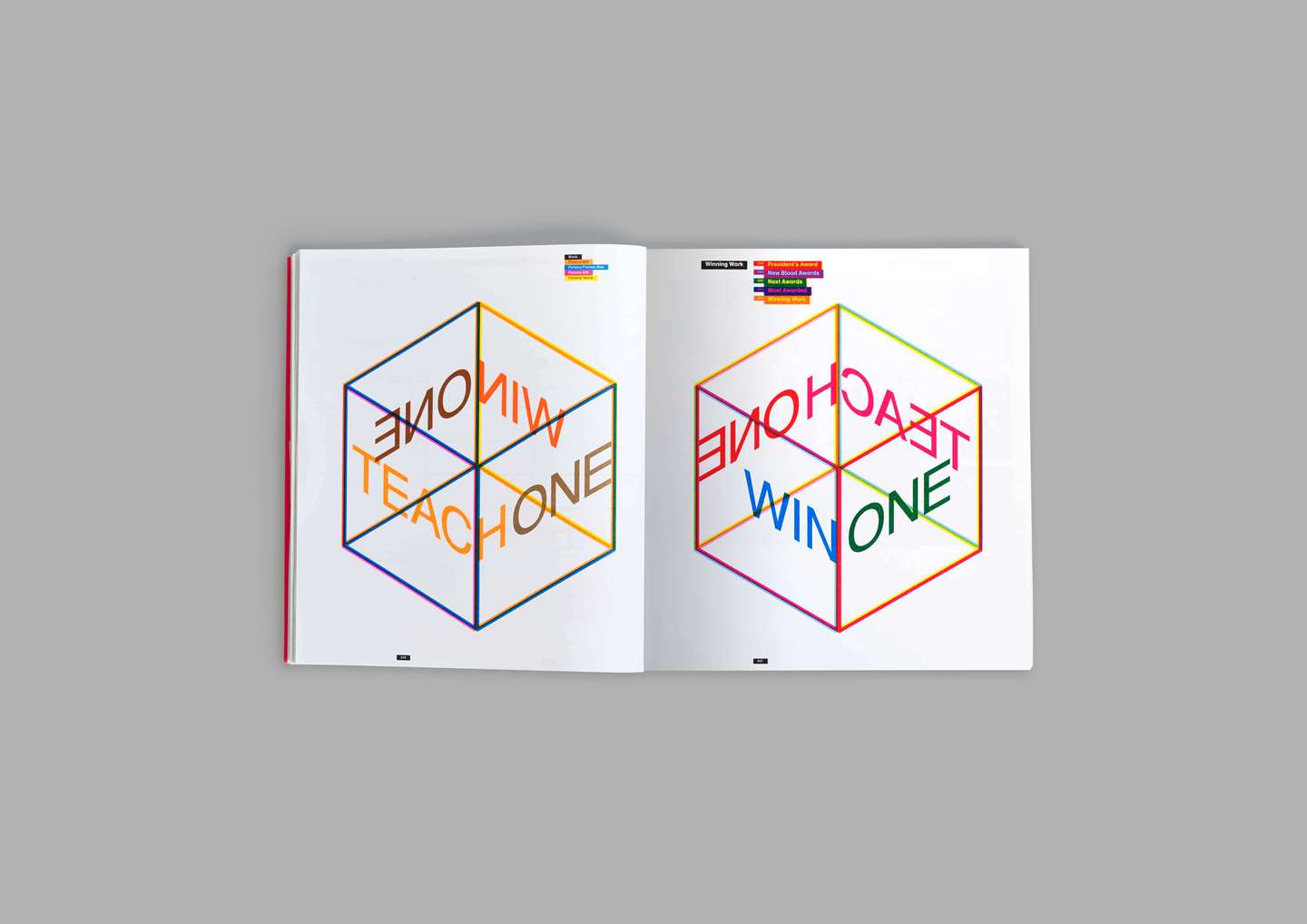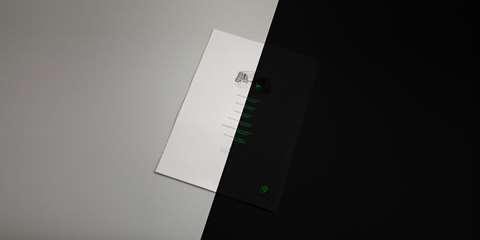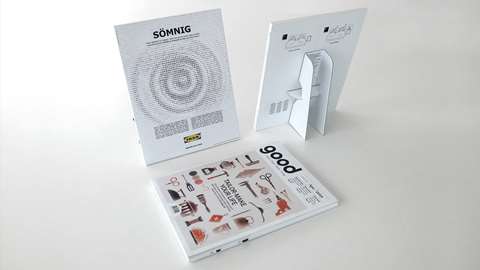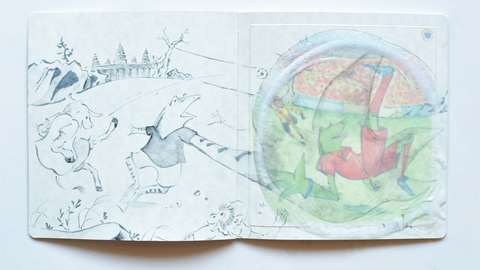The power of print at a glance:
- Print’s diminished status as a mass communication medium shouldn’t colour perceptions about its ability to leave an emotional imprint
- Print work with high production values and an emphasis on great art direction is winning out in a crowded and chaotic media landscape
Lucienne Roberts, director of graphic design studio LucienneRoberts+ and co-founder of publishing venture and graphic design advocacy initiative, GraphicDesign&, sees herself as part of a rich print tradition. One she and her design compatriots clearly appreciate, but one undergoing extraordinary changes in a crowded media landscape.
Roberts’ background is in Graphic Design, English Literature and Drama, all areas that inform the editorial and exhibition design focus of her studio LucienneRoberts+ and publishing and curatorial approach of GraphicDesign&. They’re also categories that require she wield the power of print media to cut through the noise.
The award-winning GraphicDesign& paperback, Page 1: Great Expectations, falls into the editorial category. In it, Roberts and her colleagues asked 70 designers to layout page one of the classic Dickens novel in what is “an unusual typographic experiment, exploring the relationship between graphic design, typography and the reading of a page.”
Can Graphic Design save Your Life?, meanwhile, is one of two major exhibitions GraphicDesign& co-curated, alongside the Wellcome Collection, to look at the relationship between graphic design and health.



